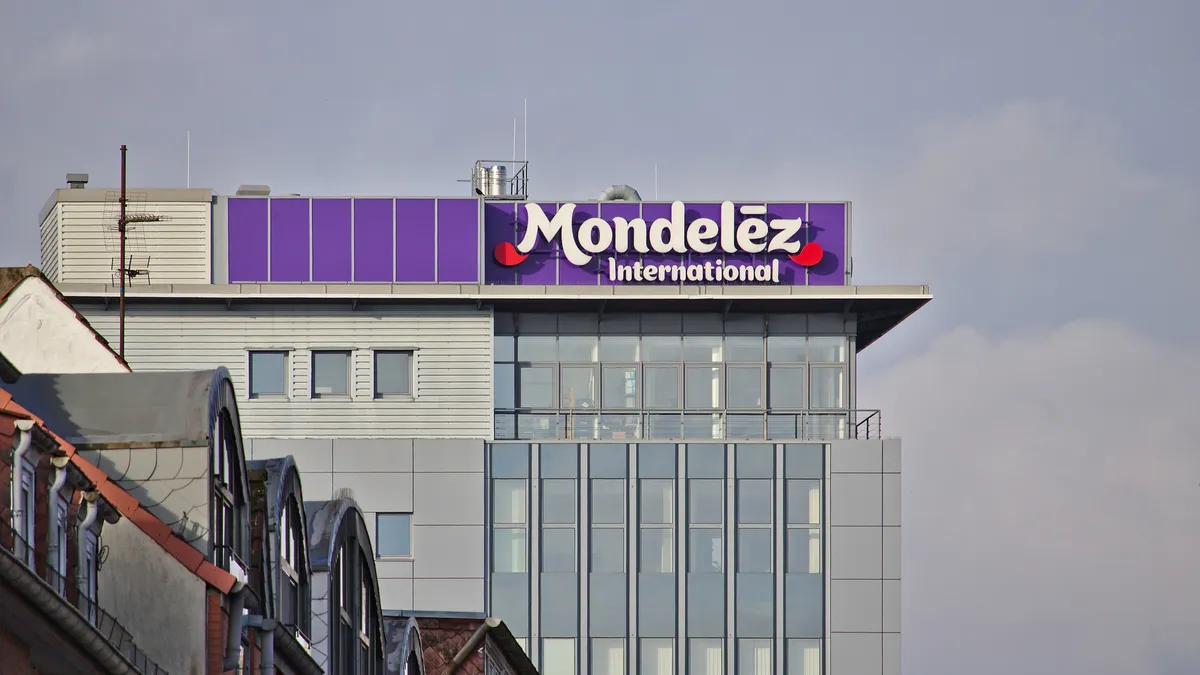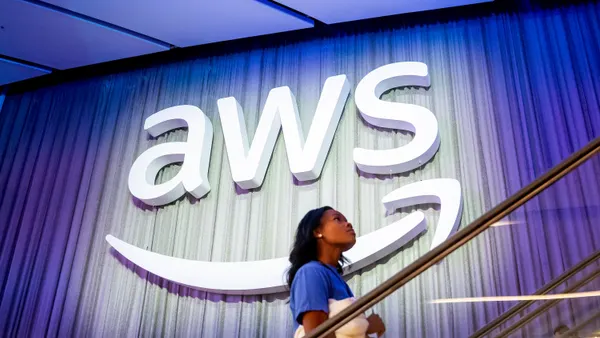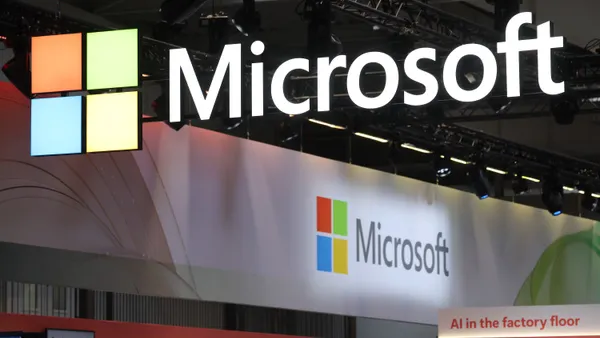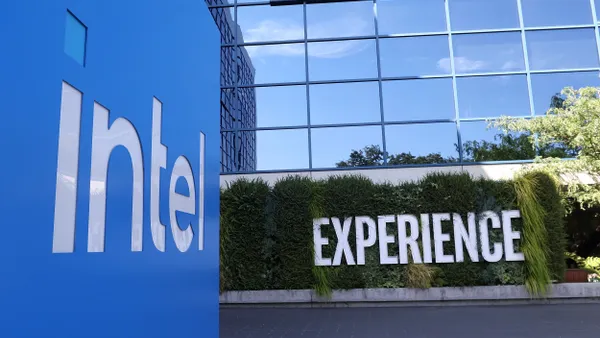Dive Brief:
- Intel announced it plans to work with Ericsson and Nokia to commercialize Narrow-Band LTE, cellular technology that carries small amounts of data efficiently, reports CIO.
- Meanwhile, Ingenu announced it plans to build a low-power network across the U.S. within two years.
- Machina Research estimates that nearly 1.5 million devices will be connected to low-power wide area (LPWA) networks by 2020.
Dive Insight:
The nice thing about IoT devices is that most of them don’t require much network power. Given the potential for growth in IoT, several companies are working to get a jump on low-power wide area (LPWA) networks to support such devices. Currently, many IoT devices use 2G cellular networks, which carriers are gradually shutting down. LPWA networks like Intel’s proposed Narrow-Band LTE are one way to move IoT devices onto the current generation of cells.
Intel says it plans commercial rollout of the technology beginning next year, reports CIO. Meanwhile, other companies, including Huawei Technologies, are looking to get a piece of the IoT market as well. Huawei is promoting a system called Cellular IoT, while startup SigFox has already deployed an LPWA system in France and is now moving into the U.S. market.
In the long run, the competition in LPWA networks is good news for enterprises that need better and cheaper IoT, said Machina analyst Godfrey Chua. "The space is getting crowded, but crowded is good, because that's what pushes innovation along," said Chua.
Gartner estimates that by 2020, the IoT market will consist of 25 billion devices. Cisco says it will be closer to 50 billion.













